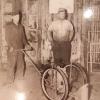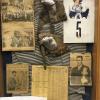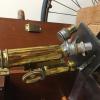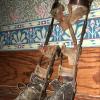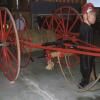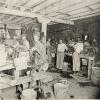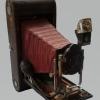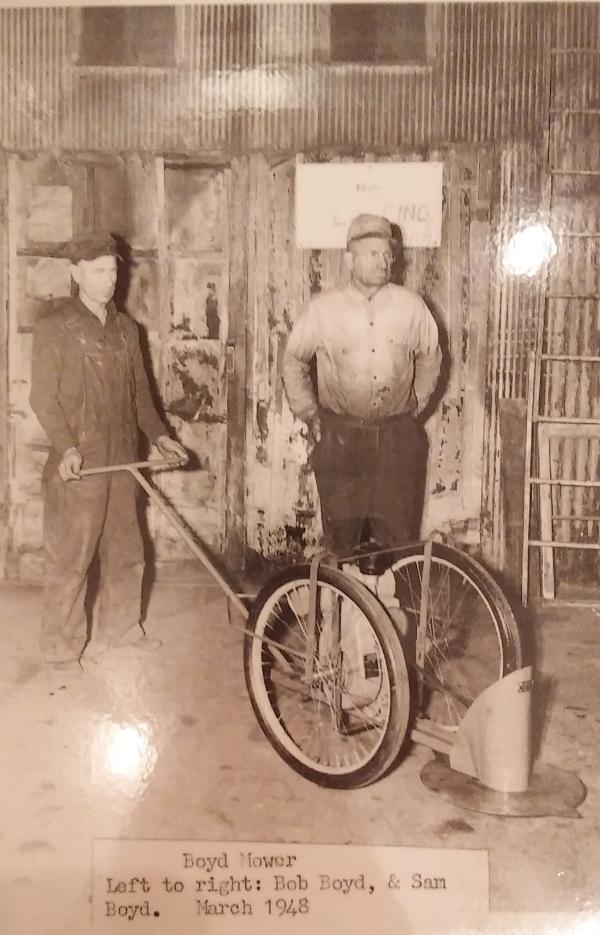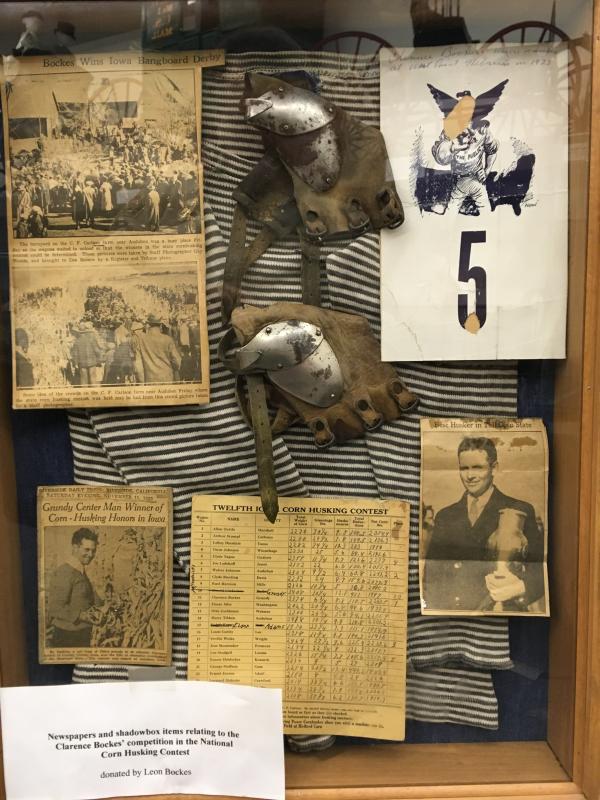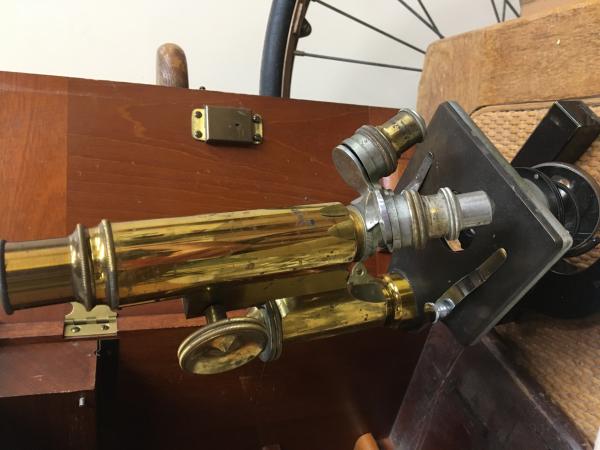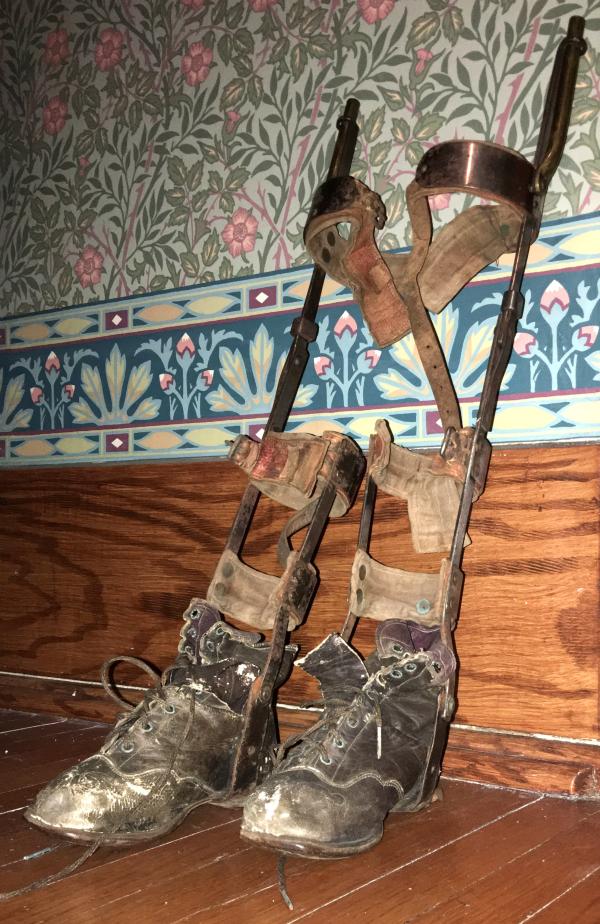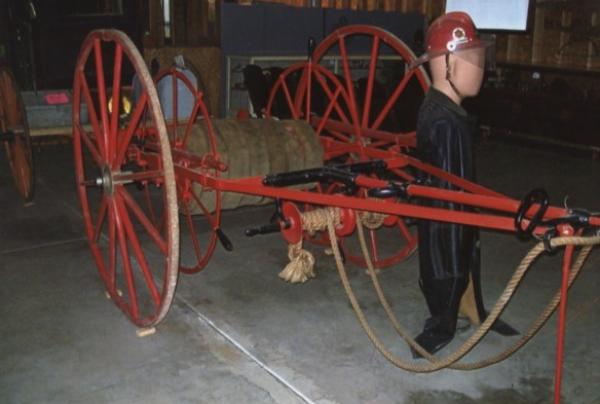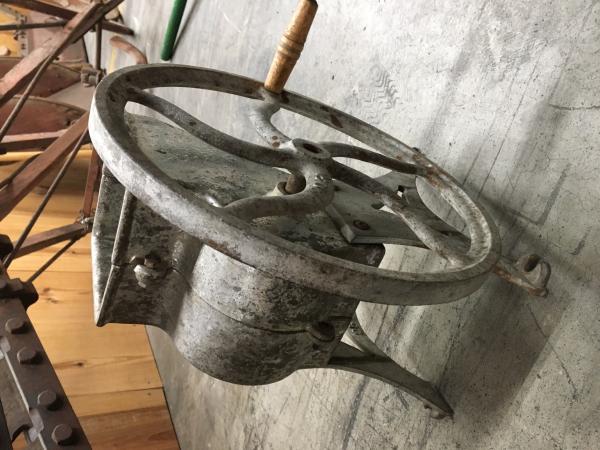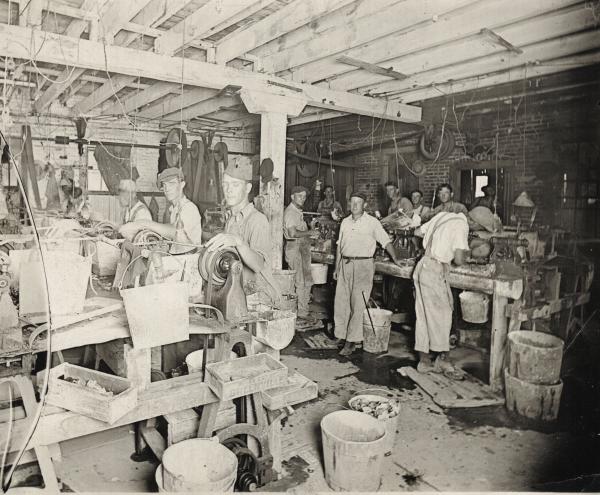What Tools Did People Use in the Past to Help Them with Work?
| Grade | 1st Grade | Class | Length of Lesson | 45 Minutes |
| Lesson Title | What Tools Did People Use in the Past to Help Them with Work? |
| Unit Title | People at Work |
| Unit Compelling Question | How different are jobs in the past compared to jobs today? |
| Historical Context: Tools are an essential part of work for people. As tools evolve, work gets easier to accomplish. Throughout history, many tools that are used for work have changed. There are similarities and differences between the tools of the past and present-day tools. These artifacts help to show what tools workers were using in the past and how they are different from today. 2018.009.021 This artifact is a picture of a lawnmower from 1948. The lawnmower shown in this picture does not have a motor and instead relies on a person to do the work to cut the grass. This artifact shows students a tool from the past where they could make a connection to the modern-day version. Depending on the location of the school and if the school has grass, students may already be familiar with the modern lawn mover. This artifact can connect to farming or landscaping as an occupation. 2018.071.011 This artifact shows a picture of corn husking gloves that were used in the 1920s and 1930s. These tools were used to help farmers husk corn faster. The corn husking gloves would use a hook on the gloves to help separate the husk (the green outer shell) from the corn. Now farmers can use machines to husk corn. This can be tied to farming as an occupation. 2018.054.020 This artifact shows a picture of a microscope from the early 1900s. The microscope was used by doctors to look for different kinds of illnesses. Doctors could look under the microscope and be able to tell which illness was affecting the person. Now we have microscopes that can see many more things than this version of the microscope. This can be tied to the medical profession. 2018.023.004 This artifact shows a picture of leg braces in 1896. This tool was used by doctors to help people who had issues walking. These tools were expensive to get for families. Today there are many different kinds of leg braces that can help people with specific problems they may have. This can be tied to the medical profession. 2018.063.004 This artifact shows a picture of a hand-drawn hose cart from the early 1900s. This was used as a method of putting out fires before fire engines existed. The cart took about 10 people to move. It had a hose to spray the fire and also a bell attached to the wheels to alert people of a fire. This can be tied to modern-day firefighters. 2018.054.011 This artifact shows a picture of an ice crusher that was used to crush ice for things like snowcones or other desserts. This tool was used before air conditioning and electric fridges were invented. Because of this, ice was a big part of people's lives. This can be tied to modern-day versions of ice machines and how they are used by vendors. 2018.010.002 This artifact shows a picture of people working in a factory making buttons. In the factory, you can see them working with tools and handmaking the buttons which is a lengthy process. In this factory, they are making pearl buttons. This can be tied to modern-day methods of button making which are done using machines. 2018.059.002 This artifact shows a picture of a camera from 1909. This camera could hold 100 shots before it would need to be sent to be developed. The idea behind this camera was to work better for the average person instead of heavy camera equipment of the past. This can be connected to modern-day cameras and the evolution of photography as a profession. 2018.008.006 This artifact shows a picture of a typewriter that was used in the mid-1900s. This typewriter was meant to be portable so people could take it where they wanted. This specific typewriter also had Norwegian letters on it. This tool allowed people to type things up as they needed. This can be connected to modern-day computers and the evolutions of that. It also connects to jobs that require typing such as secretaries. |
|
| Lesson Supporting Question | |
| Lesson Overview | This lesson focuses on the different tools that have been used in the 1900s to today. Students will be asked to think about the time periods of the tools and also how the tools are the same or are different from today’s tools. It also helps students to recognize what types of things each job is doing by looking closely at what they are using to accomplish their job. This lesson is meant to support other parts of the unit by explaining how the tools needed for jobs have changed to help make jobs easier today. This can help students to understand why some jobs got easier or became less relevant; such as factory jobs with the introduction of machinery. In addition, it helps students to think about similarities and differences between two time periods. |
| Primary Sources Used |
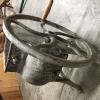 2018.054.011
2018.054.011 |
| Resources Needed | |
| Standard | |
| Lesson Target | Students will make predictions about how a tool helped someone do their job;Students will look at similarities and differences between the tools of the past and of the present. |
| Lesson Themes | |
|
| Formative Assessment (How will you use the formative assessments to monitor and inform instruction?) |
The teacher can walk around and listen to the students as they are talking about the ways tools are similar and different from today during the first student-centered moment. The teacher will collect the worksheet from the group activity to see what groups were understanding what was going on and which ones seemed to have a harder time understanding. The teacher can also walk around as they are talking to see what groups seem to be on the right track and which groups/students might need some additional help The reflective check out sheet can be used to see how individual students are feeling about the topic which can help for future lessons. |
| Summative Assessment (How does the lesson connect to planned summative assessment(s)?) |
The last worksheet the students do will be collected to see how well students can compare different tools that are used for working in different time periods. It asks students to make comparisons between different tools and then asks them to think about how the tool has changed. The last question they answer asks them to argue if they would rather be working with a typewriter from the past or a computer from the present. This shows if the student understands that tools have gotten better which means jobs have gotten easier to do over time. |
| Author | Mackenzie Ritscher | Created | Last Edited | ||||
| Reviewer: Dr. Chad Timm, Simpson College | |||||||
| Lesson Plan Development Notes: Social Studies Methods, Simpson College, Spring 2020 | |||||||

